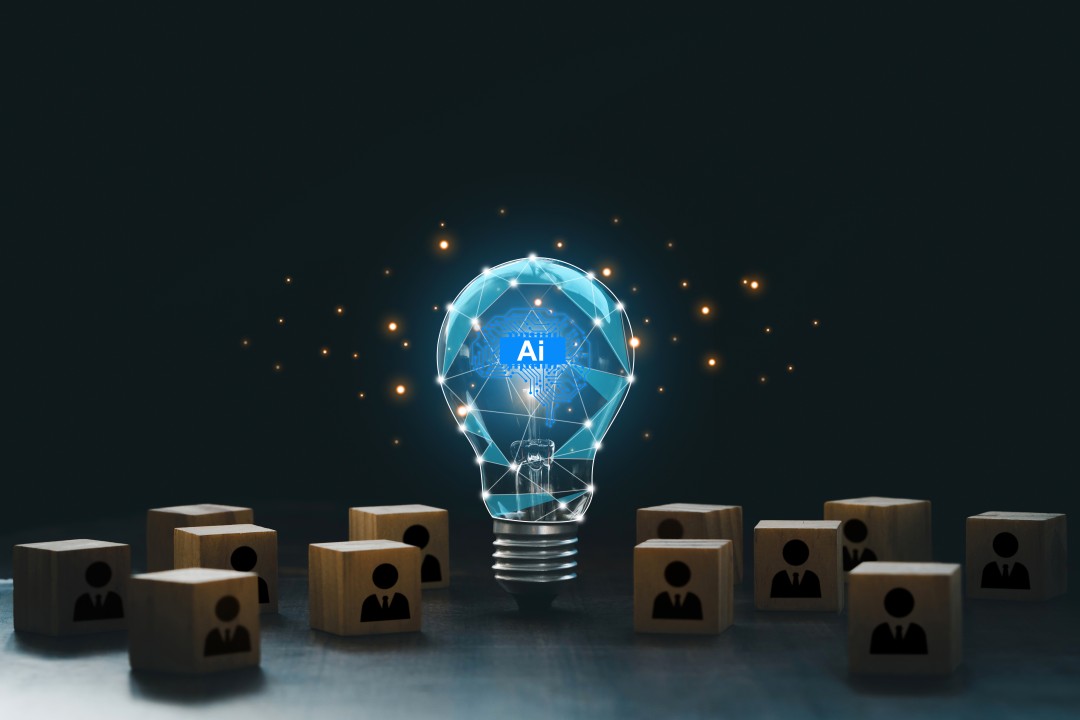The building and real estate development industries frequently work in high-stakes settings where unforeseen difficulties can appear and quickly worsen. Development professionals need to be ready to deal with a variety of unforeseen circumstances, such as natural catastrophes, economic upheavals, and public relations issues. Effective crisis communication is essential for handling severe circumstances, safeguarding reputations, and minimizing operational or financial impacts.
In the past, crisis management was done by hand using techniques like news conferences, press releases, and individual outreach. However, additional complexity brought about by the digital age requires multi-channel communication and quicker responses. In this regard, artificial intelligence (AI) has become a game-changing tool that helps engineers deal with crises more skillfully. Developers can foresee hazards, adapt communications, and communicate with stakeholders in real time using AI-powered solutions, guaranteeing increased resilience and transparency when faced with obstacles.
The Evolving Need for Crisis Communication
Effective crisis communication is essential for handling severe circumstances, safeguarding reputations, and minimizing operational or financial impacts.
In the past, crisis management was done by hand using techniques like news conferences, press releases, and individual outreach. However, additional complexity brought about by the digital age requires multi-channel communication and quicker responses. In this regard, artificial intelligence (AI) has become a game-changing tool that helps engineers deal with crises more skillfully. With AI-powered solutions, developers can anticipate risks, modify messaging, and interact with stakeholders instantly, ensuring greater resilience and openness in the face of challenges.
Timely and efficient communication is now more critical than ever due to the excellent visibility of real estate and construction projects, as well as the extensive use of digital media. The modern landscape demands not only swift responses but also highly targeted strategies that resonate with diverse audiences. AI has proven to be an invaluable resource in addressing these evolving demands, offering innovative solutions that surpass traditional methods.

AI’s Role in Risk Anticipation
The ability to anticipate potential dangers before they manifest entirely is one of AI’s most important contributions to crisis communication. AI systems are able to recognize trends and abnormalities that can point to an impending disaster by examining vast amounts of data from many sources.
For instance, natural language processing (NLP) algorithms can monitor social media platforms, news outlets, and community forums for mentions of a development project. These tools assess public sentiment, identifying emerging concerns such as environmental impact, zoning disputes, or community objections. When a shift in sentiment occurs, developers receive alerts, enabling them to address the issue before it escalates.
Similarly, AI systems can analyze operational data to identify risks within a project. Delays in material shipments, unsafe working conditions, or unexpected costs can trigger alerts, enabling proactive solutions. By providing early warnings, AI equips developers with the tools to mitigate problems and maintain open lines of communication with stakeholders.
Enhancing Message Development with AI
Developing an appropriate message is among the most crucial elements of crisis communication. Developers need to have clear, concise, and empathetic communication with a variety of audiences, including the public, government officials, community leaders, and investors. While reiterating trust, recognizing problems, and laying out solutions, transparency must be maintained.
AI-powered systems simplify this process by offering data-driven insights that guide messaging strategies. For instance, sentiment analysis technologies give developers a quick overview of public sentiment, which helps them decide the emotional tone needed for their answers. AI algorithms may promote empathetic language and suggest phrasing messages in a way that promotes understanding and collaboration in the event that a project encounters community resistance.
For example, sentiment analysis methods give developers a quick overview of public sentiment, which helps them decide the emotional tone needed for their answers. AI algorithms may promote empathetic language and suggest phrases and messages in a way that encourages understanding and collaboration in the event that a project faces community opposition.
Real-Time Communication, The Key to Crisis Management
For example, sentiment analysis methods give developers a quick overview of public sentiment, which helps them decide the emotional tone needed for their answers. AI algorithms may promote empathetic language and suggest phrases and messages in a way that encourages understanding and collaboration in the event that a project faces community opposition. Chatbots reduce the burden on human teams, ensuring that information is disseminated promptly without sacrificing quality.
AI-powered communication solutions may also coordinate messages across several platforms, such as SMS, websites, social media, and email. Developers can guarantee that all stakeholders receive correct and consistent updates by automating these procedures. This multi-channel strategy is beneficial in stressful circumstances where disjointed communication can result in confusion and aggravation.
Transparency and Trust Through AI
In the wake of a crisis, transparency is often the most effective way to rebuild trust. Stakeholders appreciate honesty and accountability, especially when projects face setbacks. AI-powered tools enhance transparency by providing detailed and accurate information about ongoing efforts to resolve issues.
For example, AI can compile data on construction progress, budget allocations, or environmental impact into clear and visually compelling reports. These reports can be shared with stakeholders to keep them informed and demonstrate the developer’s commitment to resolving challenges. AI systems can also monitor stakeholder engagement, offering insights into how well the information is being received and whether additional communication efforts are needed.
Transparency extends beyond simply sharing data. It involves acknowledging mistakes, addressing concerns openly, and demonstrating a willingness to learn from challenges. By leveraging AI to facilitate these conversations, developers can build stronger relationships with stakeholders and reinforce their reputation for integrity.

Addressing Challenges in AI-Powered Communication
AI-powered communication solutions may also coordinate messages across several platforms, such as SMS, websites, social media, and email. Developers can guarantee that all stakeholders receive correct and consistent updates by automating these procedures. This multi-channel strategy is beneficial in stressful circumstances where disjointed communication can result in confusion and aggravation.
Another challenge lies in maintaining a human touch. While AI tools enhance efficiency, they must retain empathy and nuance in personal interaction. Developers must strike a balance between automation and human engagement, particularly in sensitive situations where emotional intelligence plays a crucial role.
Ethical considerations are also important. Developers should ensure that AI tools are used responsibly, with a focus on fairness and accountability. Transparency in how AI-driven decisions are made will help maintain stakeholder trust and avoid concerns about algorithmic biases or misuse of technology.
The Future of AI in Crisis Communication
AI-powered communication solutions may also coordinate messages across several platforms, including SMS, websites, social media, and email. By automating these processes, developers may guarantee that all stakeholders receive accurate and consistent updates. This multi-channel approach can be constructive in challenging circumstances where broken communication can lead to confusion and annoyance. Developers could evaluate and enhance their communication strategies in a controlled setting by modeling possible crisis scenarios, for instance, using virtual reality.
Predictive models could offer more accurate risk assessments, enabling developers to allocate resources more effectively and plan for contingencies.
The collaboration will also be essential in determining how AI-powered crisis communication evolves in the future. To create best practices and manage ethical issues, developers, IT companies, regulators, and community leaders must collaborate. The industry can optimize AI’s advantages and reduce its risks by cultivating a cooperative environment.
Transforming Crisis Management with AI
AI has redefined the landscape of crisis communication, offering developers tools to manage challenges with unprecedented efficiency and precision. From early risk identification to real-time engagement and enhanced transparency, AI empowers developers to respond proactively and build stronger relationships with stakeholders.
As technology continues to evolve, its potential to revolutionize the development sector will only increase. By embracing AI responsibly and strategically, developers can turn crises into opportunities for innovation and growth, ensuring resilience and long-term success in a rapidly changing world.










